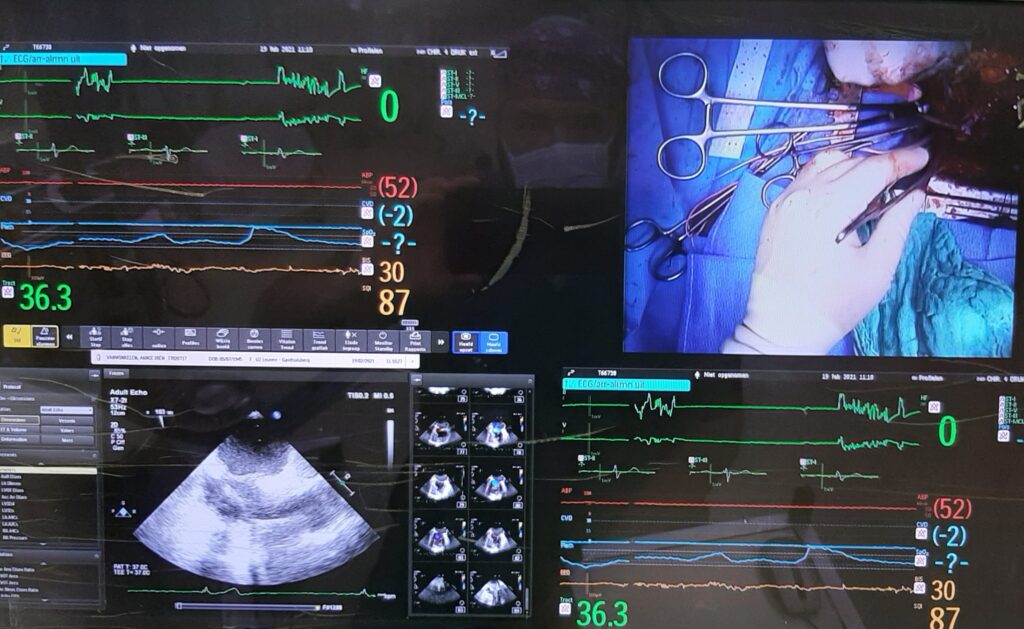The Use of Artificial Neural Networks to Determine In-Hospital Mortality After Coronary Artery Bypass Surgery

Objectives
The aim of this study was to present an artificial neural network (ANN) model for the accurate estimation of in-hospital mortality and to demonstrate the validity of the model with real data and a comparison with conventional multiple linear regression models.
Design
Retrospective clinical study.
Setting
University hospital.
Interventions
None.
Measurements and Main Results
Data were collected from the medical records of 88 patients who had undergone coronary artery bypass graft surgery with an extracorporeal cardiopulmonary pump between January 2018 and March 2020. An ANN approach was used to assess the association between in-hospital mortality and variables from preoperative, intraoperative, and postoperative data garnered retrospectively from patient files. The study examined the data of 88 patients with a mean age of 62.4 ± ten years, 60 (68.1%) of whom were men and 28 (31.8%) of whom were women. An examination of the average success of the training algorithms in the training, validation, and test sets revealed that the quick propagation algorithm ranked first with 97.397%. The algorithm that best matched the present study’s dataset was the batch back propagation algorithm, with an average of 99.622 (in other words, this training set accurately estimated 99.622% of every 100 items of data). Furthermore, the rates continuously were greater than 90% when the probability of estimating the estimated output was examined.
Conclusion
The ANN model tended to outperform multiple linear regression models in predicting in-hospital mortality among patients who have undergone coronary artery bypass graft surgery. Physicians can make use of this information as an aid in performing treatments and ensuring that more accurate quality of surgical care is achieved.
